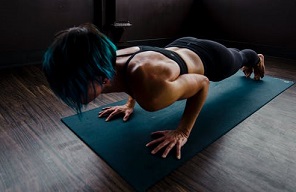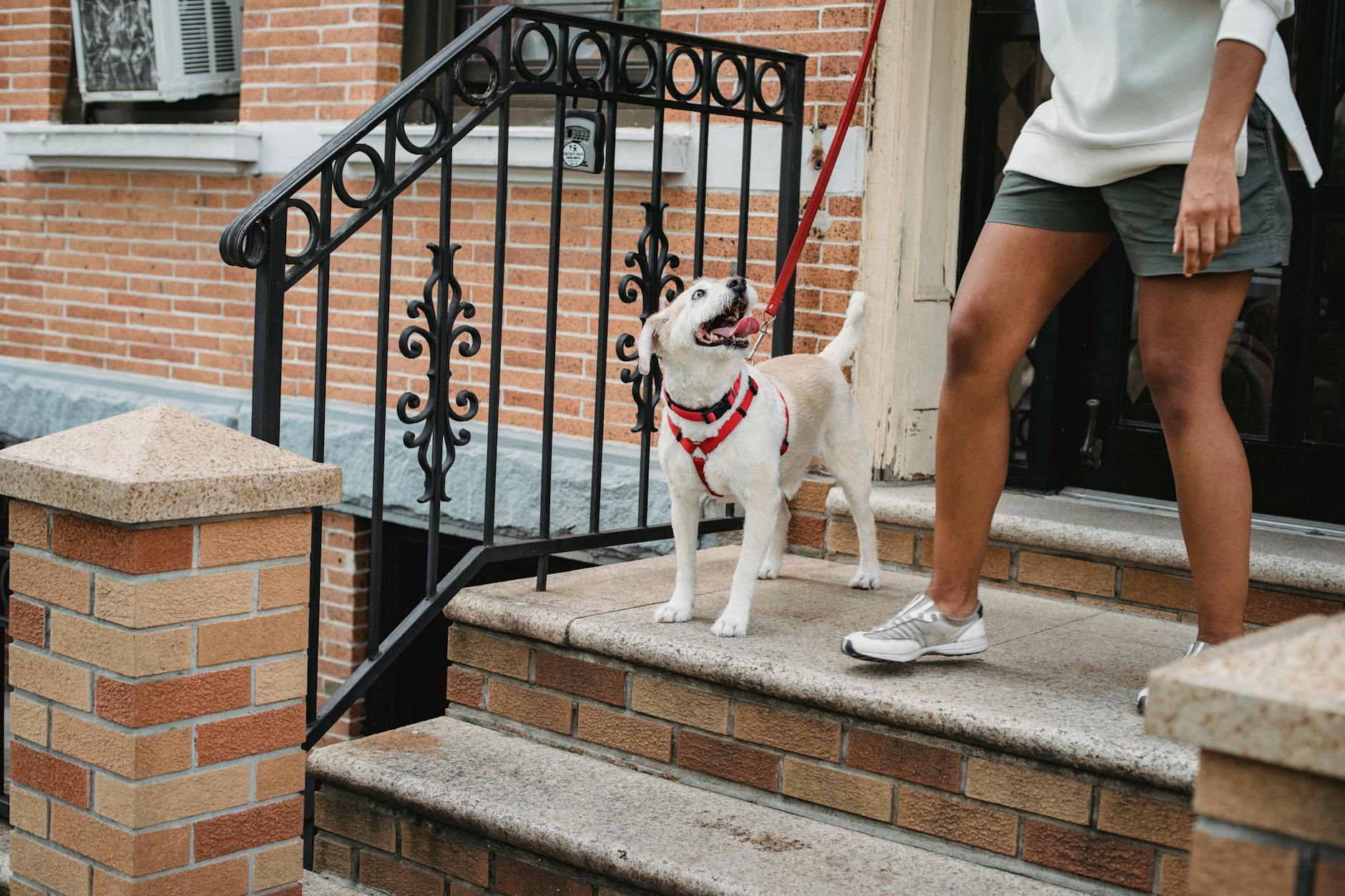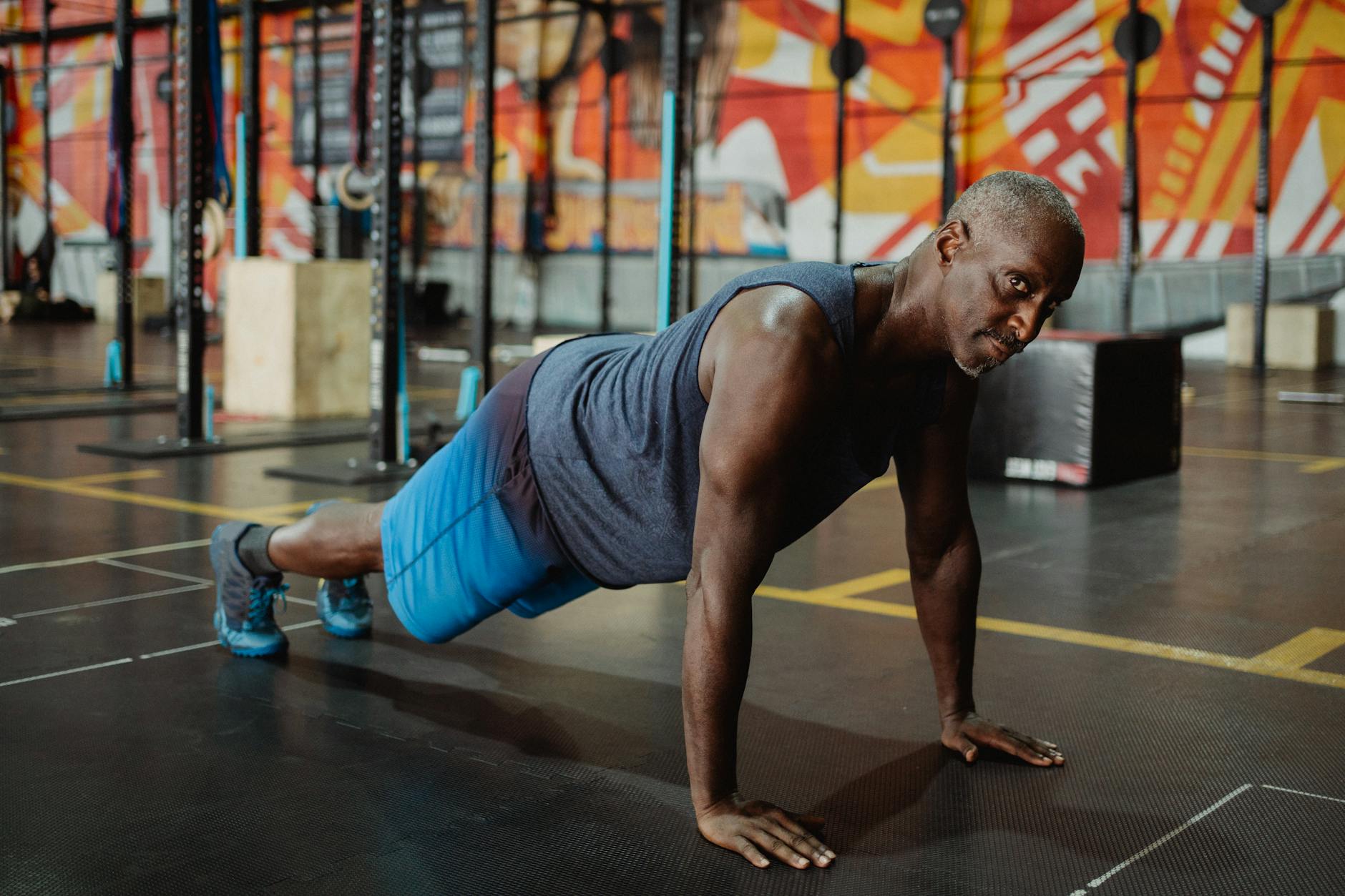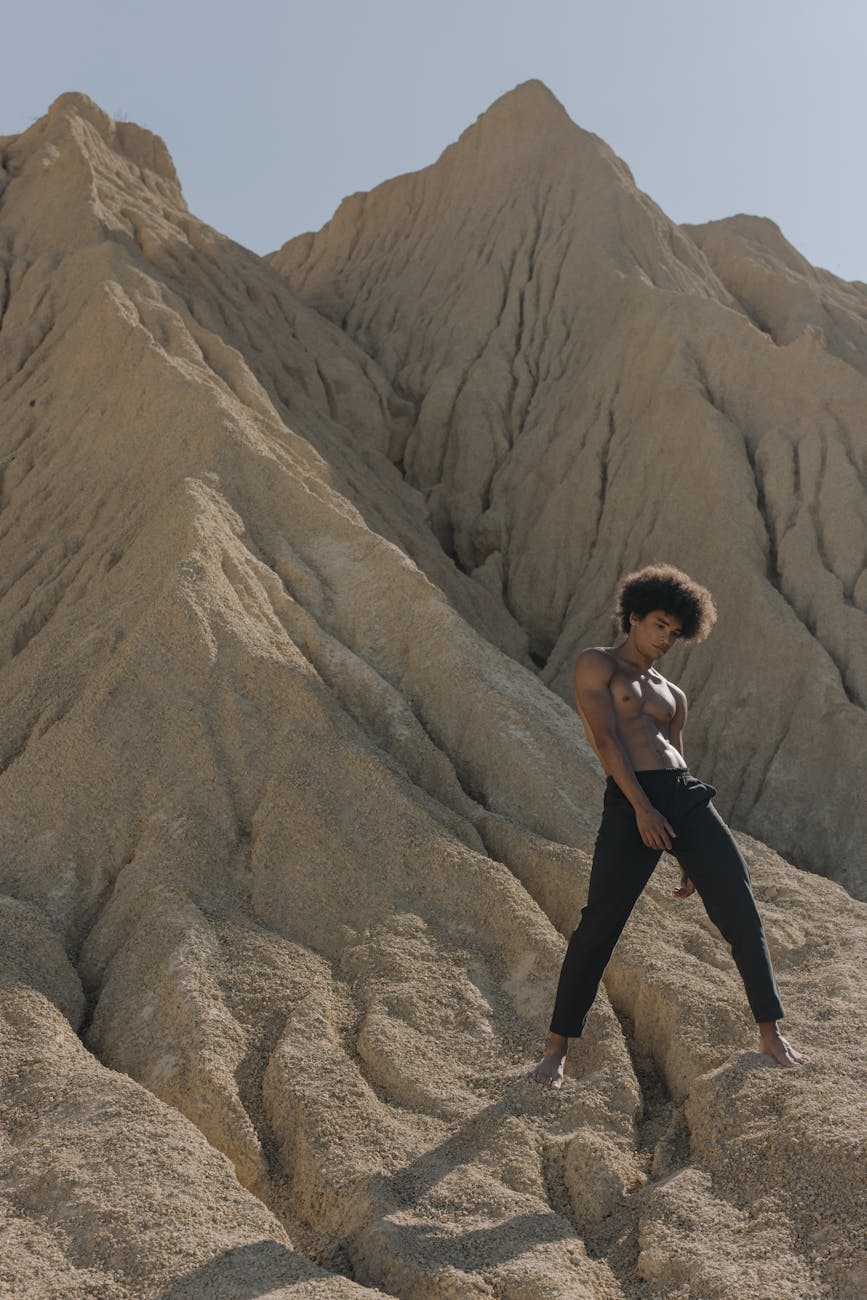10 Best Exercises to Perform at Home Without Equipment
15 mins,



The importance of exercise to our mind, soul, and body can never be overemphasised as its dividends impact positively on both the physical and mental wellbeing of a person. Beyond just attempting to lose weight, the benefits of working out are all-encompassing. Let’s explore 10 best exercises to perform at home without equipment.
Regular exercise is key to living a healthy and balanced life. Do you know you can engage in full-body exercise with no equipment?
When we hear the word “exercise,” the first thing that always comes to our mind is a gym, some fancy equipment and a lot of space, but that is not always the case. Not everyone can afford a gym membership or any special equipment, and even among those who can afford these, not all have that time. So, it should not be an excuse for you not to engage in activities that will get your heart pumping hard and your body burning some calories.
One can engage in many exercises at home that require zero equipment—except maybe a towel for wiping off the sweats, your bottle of water, and YOU!
Exercise is any planned and structured physical activity that increases your heart rate beyond the resting level. Physical activities involve moving your muscles which will make your body burn calories. This will help to improve or maintain physical and mental health.
Exercise is fundamental to good health. There are four main types of exercise:
Also known as cardio or aerobics, endurance exercises are physical activities that can be carried out and maintained for an extended period, and they involve using large muscle groups. They make you use more oxygen, making you breathe harder and increasing your heart rate. These types of exercises improve your cardiovascular health, lungs, and circulatory system. Include at least about 150 minutes of endurance exercise weekly in your exercise regimen.
Examples:
– Brisk walking or jogging
– Yard work (mowing, raking)
– Dancing
– Swimming
– Climbing stairs or hills
– Hiking
– skipping rope
This is also known as resistance exercise. They are exercises that help build muscle mass, keep your muscles strong, and improve bone density, balance, and coordination. They can be used to strengthen major muscle groups, such as the glutes, legs, arms, back, chest, biceps, calves, forearms, triceps, hamstrings, quads, shoulders, and abs muscles.
Some people choose to use weights or resistance bands to help improve their strength. This is known as resistance or weight training. Strength exercise also helps to support your joints, makes your bones stronger, burns more calories, and maintains a healthy weight. Try to do strength exercises two days a week for all your major muscle groups. Below are a few examples of strength exercises:
– push-ups,
– pull-ups,
– lunges
– squats,
– bench presses.
– Overhead arm curl
– Arm curls
– Wall push-ups
– Lifting your body weight
– Running
– Leg raises
These are exercises that help improve your flexibility by stretching and lengthening your muscles. These exercises help to improve joint flexibility and keep muscles malleable. This can reduce the chance of injury by increasing the range of motion.
There are two most common types of stretching: static and dynamic stretching. Static stretching involves maintaining the stretch of a targeted muscle for a length of time. While dynamic stretching involves active stretches that are generally similar to performing an exercise. Generally, dynamic stretching is recommended before performing an exercise to warm up the muscles, while static stretching is done after a workout when the muscles are more malleable.
Flexibility exercises include:
– The backstretch
– The ankle stretches
– The back of leg stretches
– The inner thigh stretches
These are exercises that involve slow, controlled movements that engage and strengthen the core muscle groups, which include the abdomen, back, and pelvis muscles. These exercises improve stability and prevent falls and fall-related injuries.
They can also help to improve one’s ability to carry out daily activities, like standing, climbing the stairs, and lifting heavy objects. Weak core muscles may lead to instability, decreased athletic performance and poor posture. Stability exercises engage multiple muscle groups. Examples include
– glute bridges
– push-ups
– planks
– Pilates
– Standing on one leg.
– The heel-to-toe walk.
– The balance walk.
– Walking backwards
– Standing from a seated position.
There are lots of exercises and their variations that we can perform without equipment and still achieve great results. Some of them are so simple, such as taking a brisk walk, jogging, or running, while others may be a little bit challenging at first.
To make it easier for you, especially if you are not the workout type or a beginner, start by choosing the workout that is simple for you before pushing yourself to more challenging ones. The following are ten workouts that require zero equipment.

Briskly walk up and down the stairs concurrently, turn your stairs into a cardio machine, and help to strengthen your quadriceps.

This is one of the best strength exercises for the upper body. It helps in building strong shoulders, arms, chest, and abdominal muscles. So, get in that push-up position, keeping your back straight, abdominal in and not letting your hips sag. Lower yourself halfway and use your arms to push back up to the starting position. Repeat this sequence continuously.

This exercise is an excellent full-body exercise. It helps to improve agility endurance and is a great way to build core muscles. Start this exercise by taking the high plank position and moving each knee alternatively towards your chest. It is similar to being in a plank position and running at the same time.

When it comes to improving hip flexibility and activating the glute, this exercise is great. It also targets and strengthens the lower back. To engage in this exercise, lay on your back, bending your knees and placing your feet flat on the floor. Lift your bottom until you have extended your hip fully, squeeze your glutes, and slowly lower your hip down and back to the starting position.

Performing the jump-squate exercise is like performing four different types of exercise at once. This exercise helps to develop strength in your lower body, promotes cardio endurance, balance, and stability. Start by standing straight with your feet wide apart, lowering your hips to a standard squat position, then push up to the balls of your feet and jumping. Land with your knees slightly bent and repeat.

This exercise targets your legs, hips, chest, and core. It also increases your heart rate. To perform burpees, stand on your feet and spread them shoulder-width apart.

Tricep dips strengthen your arms and shoulders. For this exercise, you need a sturdy chair or stairs. Sit at the edge of the chair. Place your hands shoulder-width apart at the edge of the chair, slowly slide your butt from the front of the chair, and stretch your legs out in front of you.
Straighten your arms and keep them a little bent at the elbows to take the weight off your elbow and still retain the tension on your triceps; bend your elbows gradually to lower your body towards the ground till your elbows are at about 90-degree angles. Ensure to keep your back straight and close to the bench. Once you reach the bottom of this dip movement, press down on the chair and straighten your elbows to return to the starting position. Repeat for as long as you can.

Planks are a full-body exercise that engages the shoulders, quads, and glutes. They are suitable for strengthening and building the abs muscles. There are different plank exercises, such as the side plank and the in-and-out plank. To do the basic plank, lie down with your face downwards, with your forearms on the floor and your hands clasped together. Raise your hips from the floor to your toes, keep your back straight and tighten your core.
Hold onto this position as long as you can.

This is a great stability workout for building strength in the lower body and abs. To do the exercise, stand with your back against a wall. Move your feet about 2 feet away from the wall and slide down until your knees are bent at about 90 degrees to the floor. While in this position, keep your back straight and glued to the wall, and stay for about 2 minutes or more.

This is a great full-body exercise that combines endurance exercise and strength training. To perform this workout, you will need to put on proper athletic shoes to protect your joints because jumping jacks is a high-intensity exercise.
Always warm up to activate your muscles and get your heart rate up. This will help you to be more flexible to do your exercises properly and prevent injury.
Suppose you have health conditions such as diabetes, heart disease, kidney disease, lung disease, or arthritis. In that case, it is imperative to talk to your doctor before starting a new exercise program, especially vigorous exercise.
Although it is essential to push yourself to improve your level of fitness, don’t overdo it. You don’t want to get injured. It is vital to pay attention to your body, especially when you start a new exercise program. Stop the workout if you start having pain or shortness of breath.
Working out has a lot of benefits for our well-being, both physically and mentally. There are lots of workouts that you can do with zero equipment to attain your fitness goals. What are your excuses?
Working out without equipment has its benefits, too. You can do a complete workout routine right in the comfort of your home or even on the streets whenever you want! Choose an exercise type that is easy yet challenging, and it should be one that can fit into your lifestyle.
Regular exercise is very important and beneficial to overall well-being. You can perform some exercises at home without equipment, but you have to consult a doctor before commencing the exercises. Telemedicine offers a platform through which you can consult healthcare professionals from your comfort zone.
Telemedicine uses calls, texts, video conferencing, and internet chats to communicate with individuals with a need to contact healthcare professionals. It reduces the degree to which your time, energy, and transportation are spent. From the comfort of your home or office, consult a doctor.
1. What are the big 5 exercises at home?
The Big 5 of strength training are the five exercises: bench press, deadlift, squat, shoulder press, and pull-up. Pull-ups are rarely employed instead of lat pulldowns because of the resistance’s adjustability.
2. What types of exercises can be performed without equipment?
3. What is the number 1 best exercise?
Walking is the number one best exercise. Walking is easy and yet very effective. It can help you maintain your weight, lessen your chance of developing several diseases (diabetes and heart disease, for example), strengthen your bones, lower your blood pressure, and stay in good physical shape.
4. What exercises help you lose belly fat?
Any activity that increases the heart rate, such as walking, dancing, jogging, or swimming, is considered aerobic exercise. Playing with your kids, gardening, and housework can also fall under this category. Exercises like yoga, Pilates, and strength training can also aid in the reduction of abdominal fat.
5. How to make a body fit?
Establish a balanced regimen.
Engage in moderate aerobic exercise for at least 150 minutes every week, or engage in vigorous aerobic activity for at least 75 minutes every week. Additionally, you can have a comparable mix of moderate and intense exercise. On most days of the week, try to work out.
6. Which exercise to do first?
Your first workout should start with a warm-up that lasts 10 minutes and consists of jogging, walking, or other aerobic activity. Start with a few very simple movements to loosen up, and as your muscles tire, go for a bigger weight that feels a little bit heavier.
7. Do squats burn belly fat?
Squats can aid in the reduction of belly fat because they work several muscle groups in the back, legs, core, and abdominal area. It contributes to a generally leaner and stronger physique. Core stability is necessary for squats, and it strengthens your back, hips, and glutes in addition to your core.
8. Do squats make your hips bigger?
Squats, on the other hand, can aid in the development and strengthening of the gluteal muscles, which can provide the impression of having more elevated and fuller buttocks. Although it doesn’t truly alter the breadth of the hips, this can give the appearance that they are broader.
Anytime Fitness. (2024). At-home circuit workout-no equipment needed.
Eisenhorn. (2024). The big 5- Motivating big 5 training.
Heart Matters. (20). What’s the best exercise to lose belly fat.
Harvard Health Publishing. (2024). 5 of the best exercise you can ever do.
Mayo Clinic. (2024). Fitness program: 5 steps to get started.
Rogers, P. (2021). How to start weight training: A 30-day quick start guide.
Medical Disclaimer: KompleteCare™ aims to improve the quality of life for everyone with fact-based content about the nature of diseases, preventive care, behavioral health conditions, treatment options and their related outcomes. We publish material that is researched, cited, edited and reviewed by licensed medical professionals. The information we provide is not intended to be a substitute for professional medical advice, diagnosis or treatment. It should not be used in place of the advice of your physician or other qualified healthcare provider

Ms. Blessing is a health writer and freelance researcher with special interest in healthcare and lifestyle improvements.
We publish helpful posts every week!